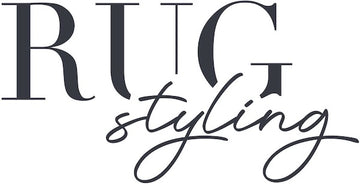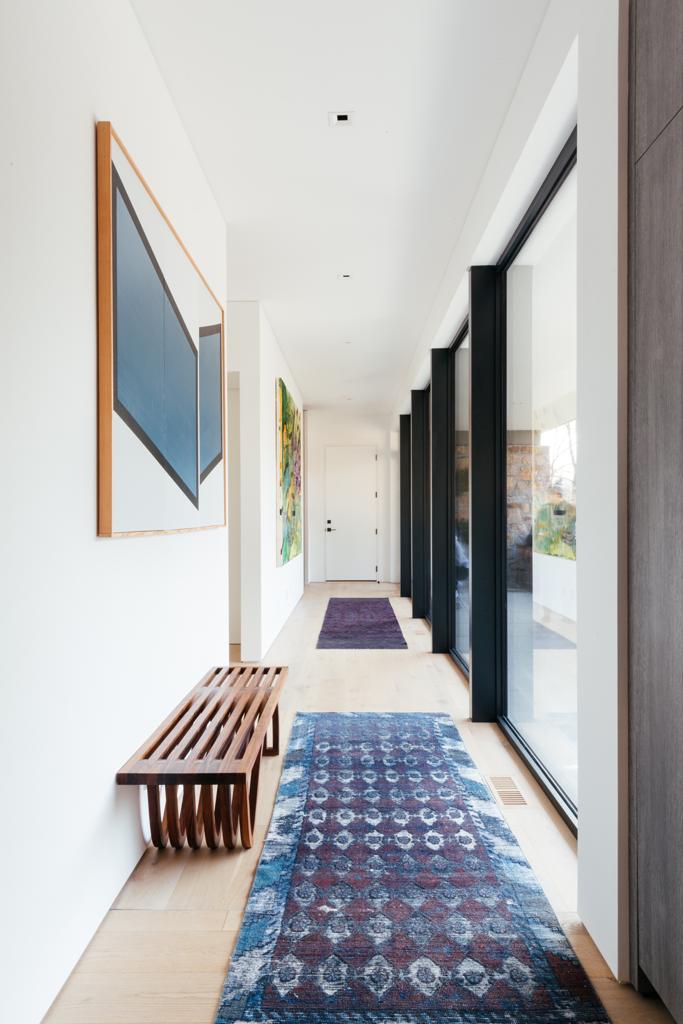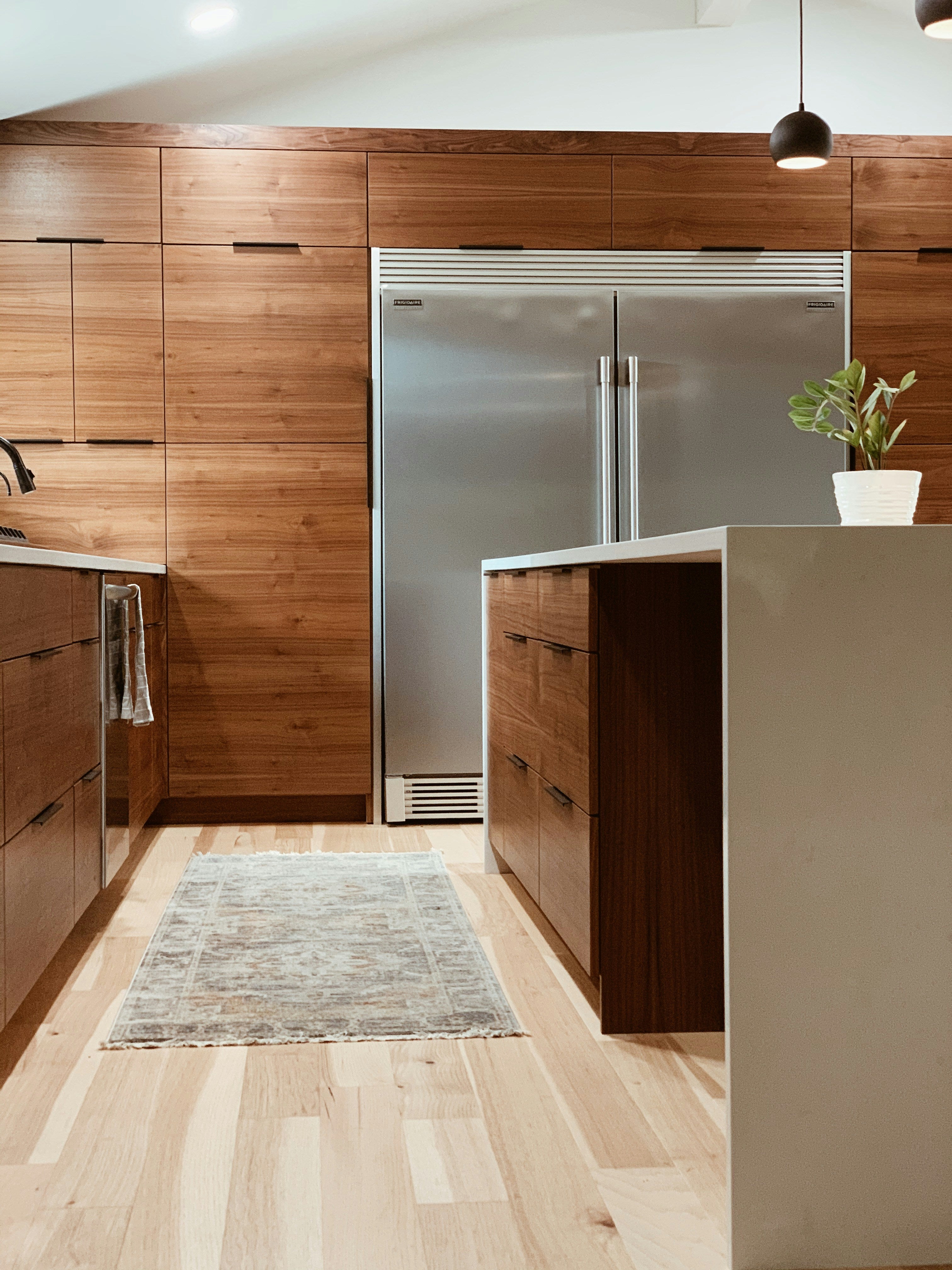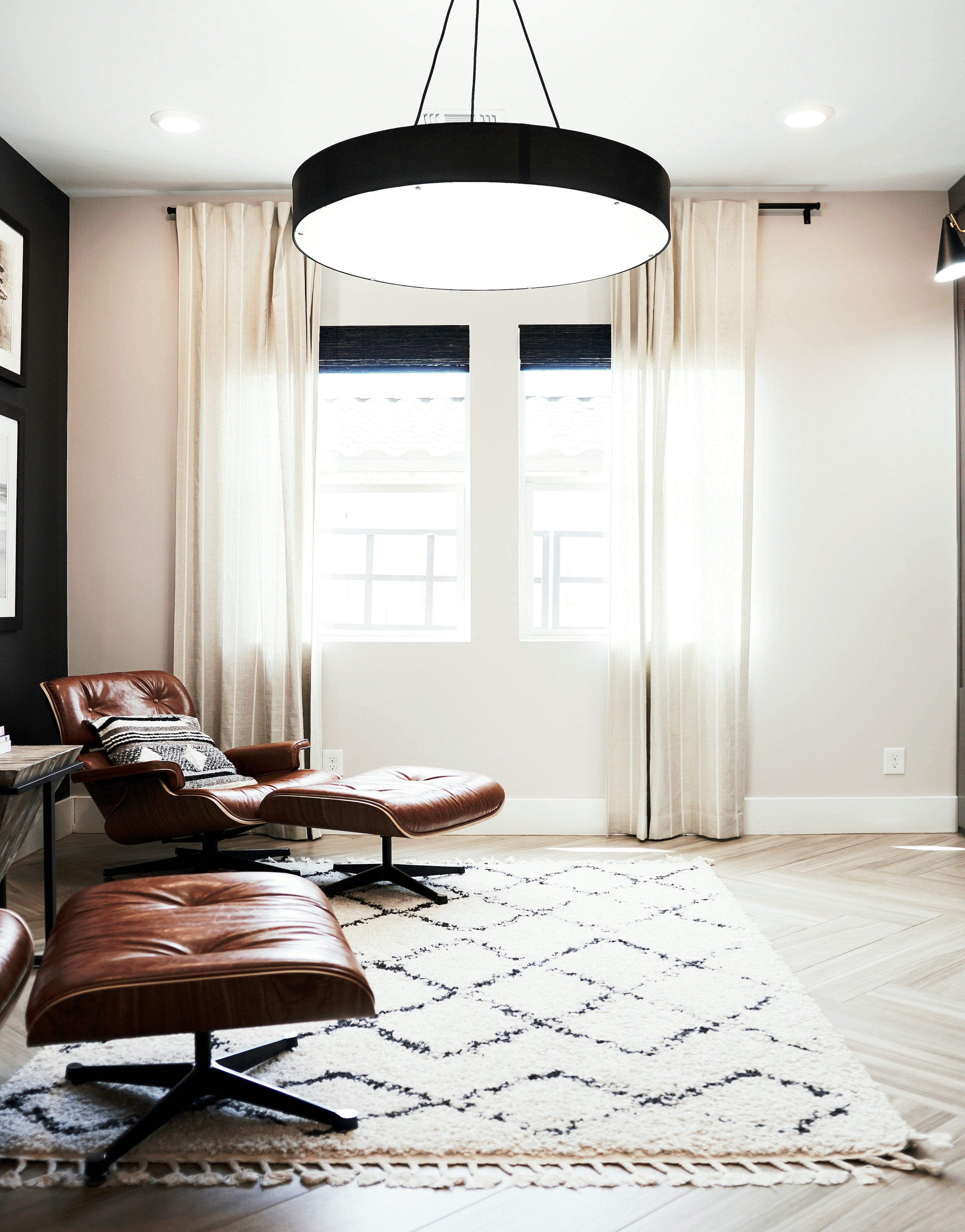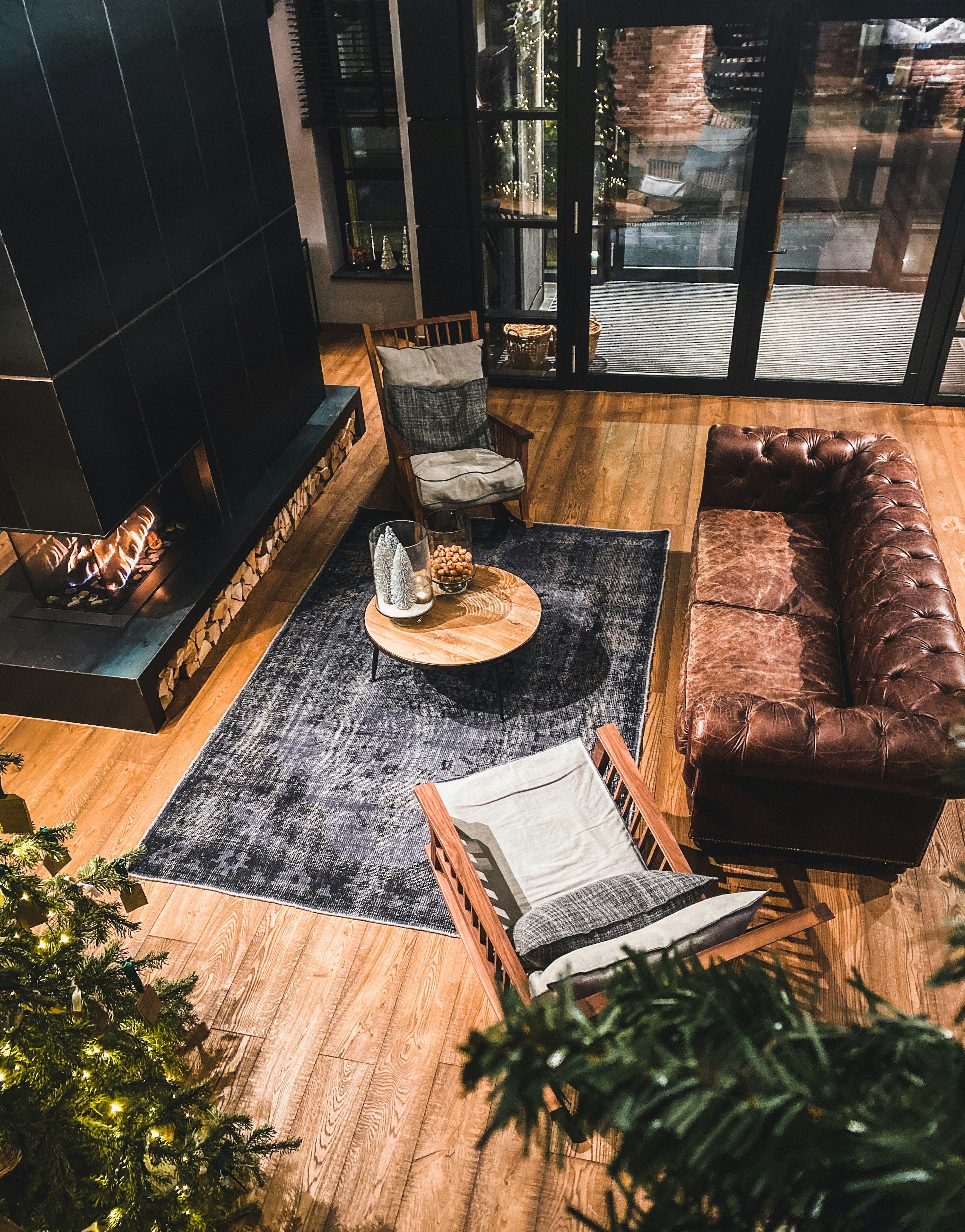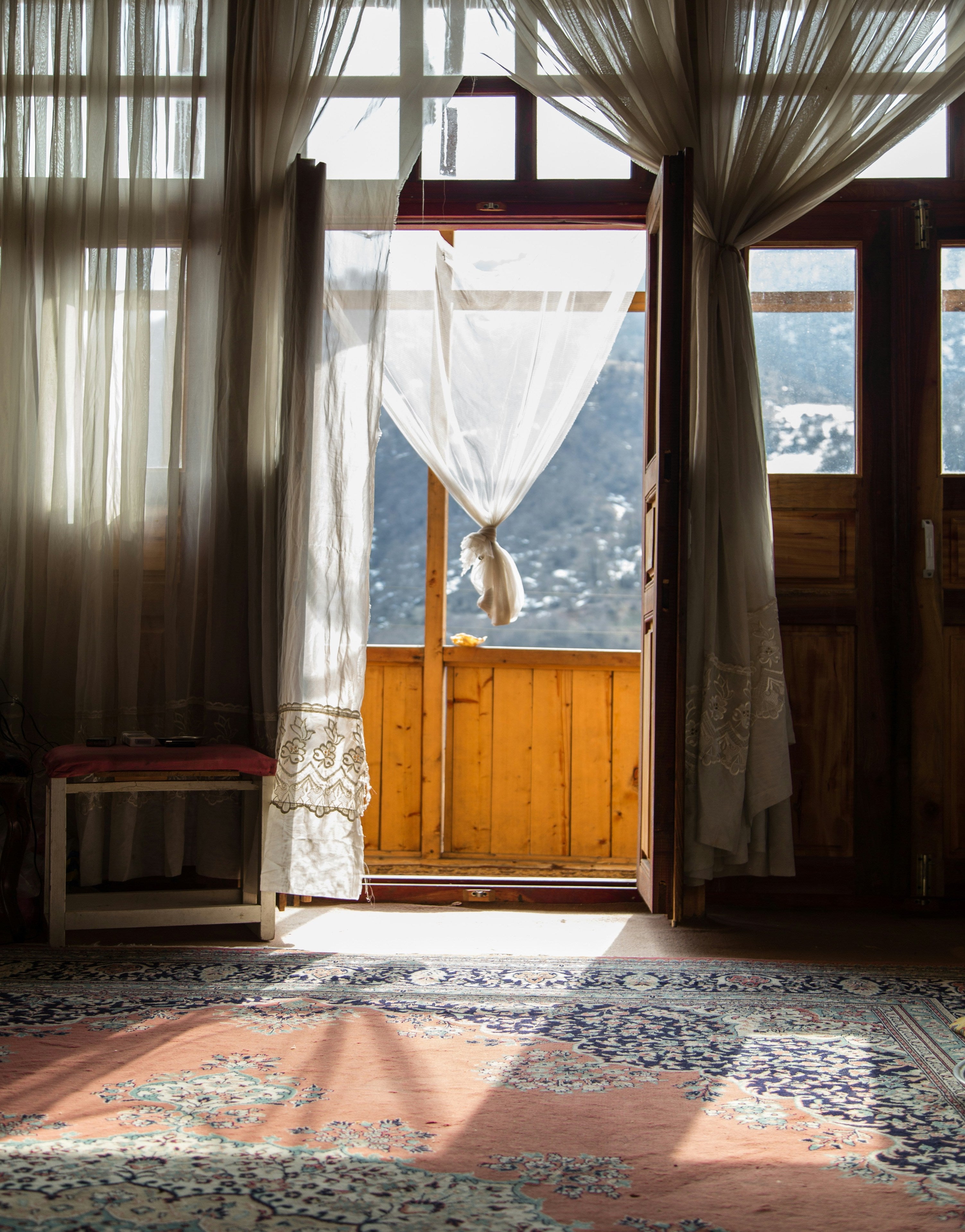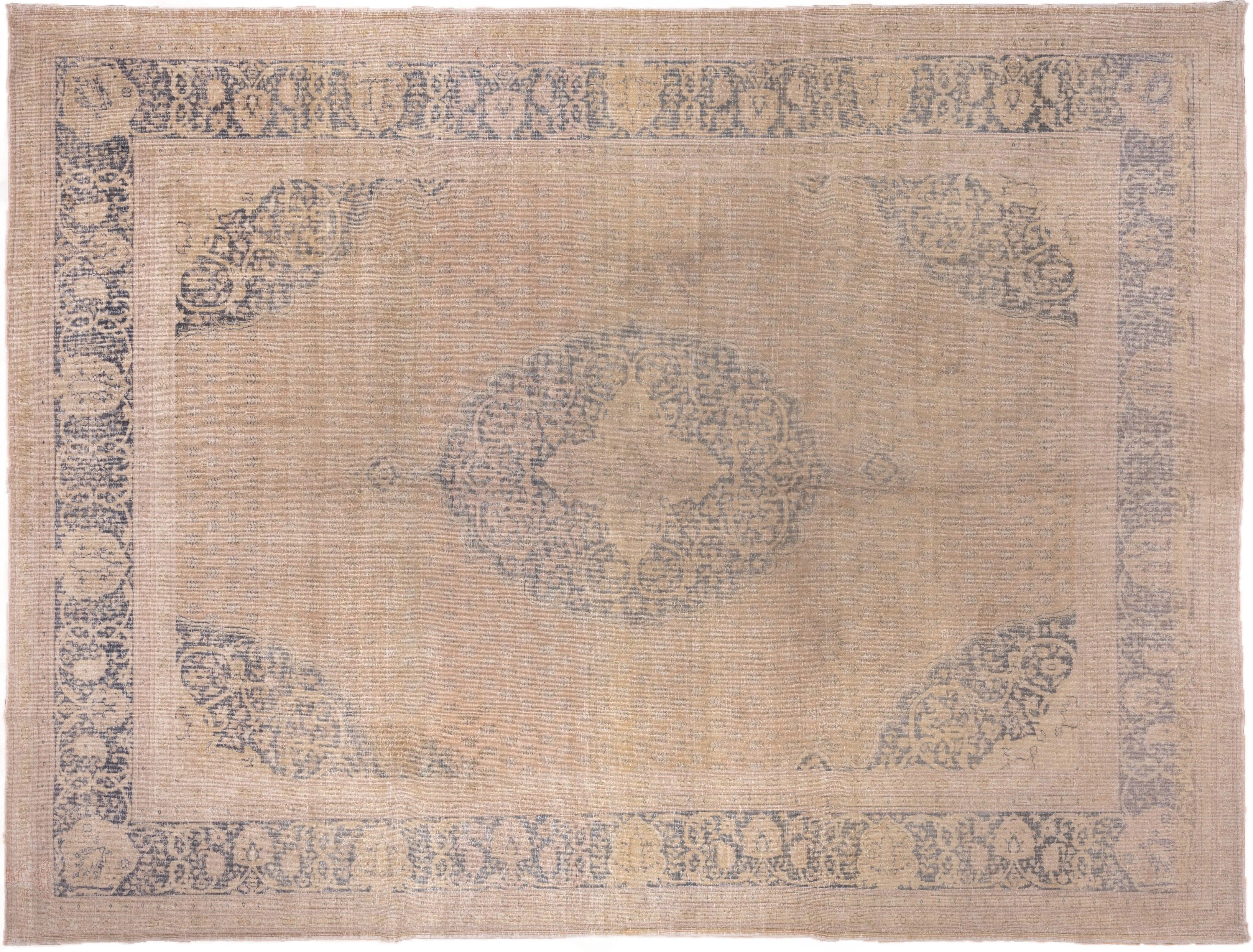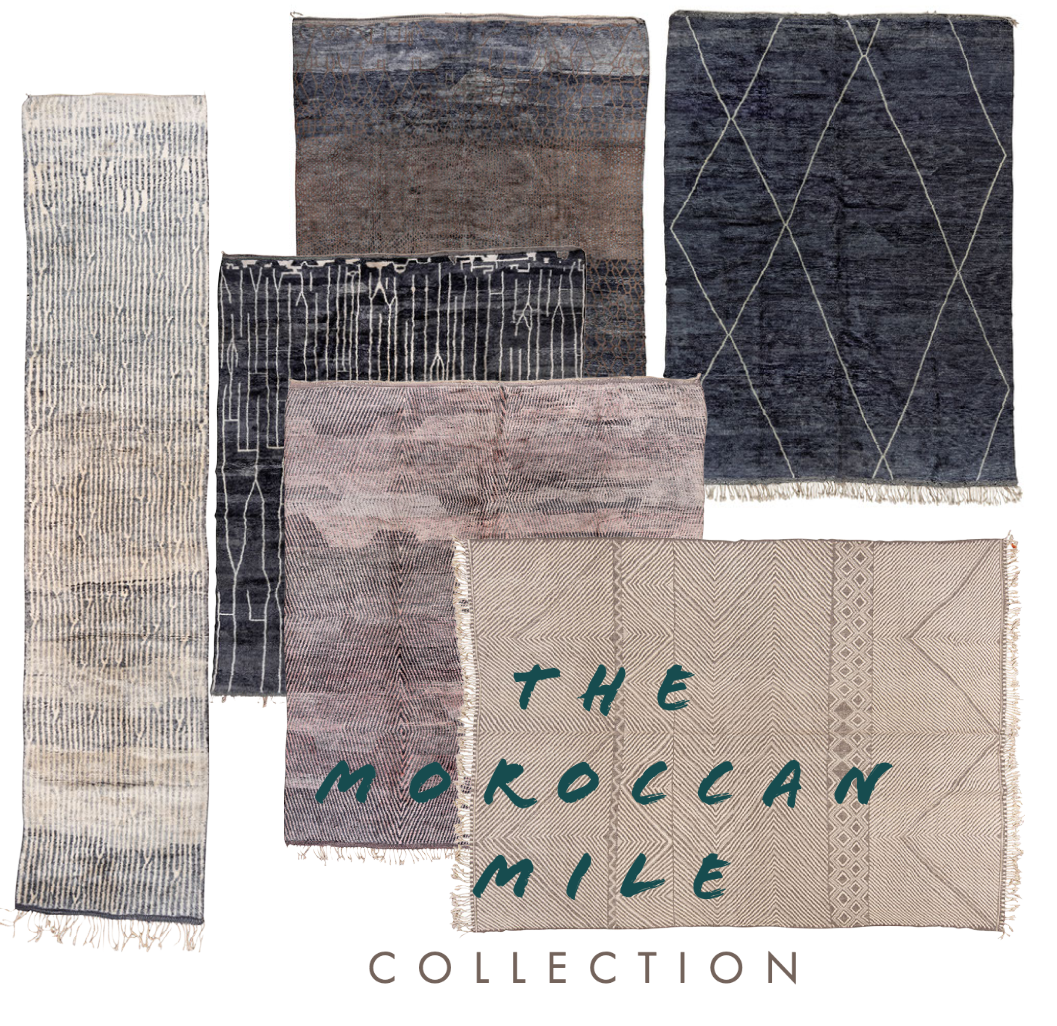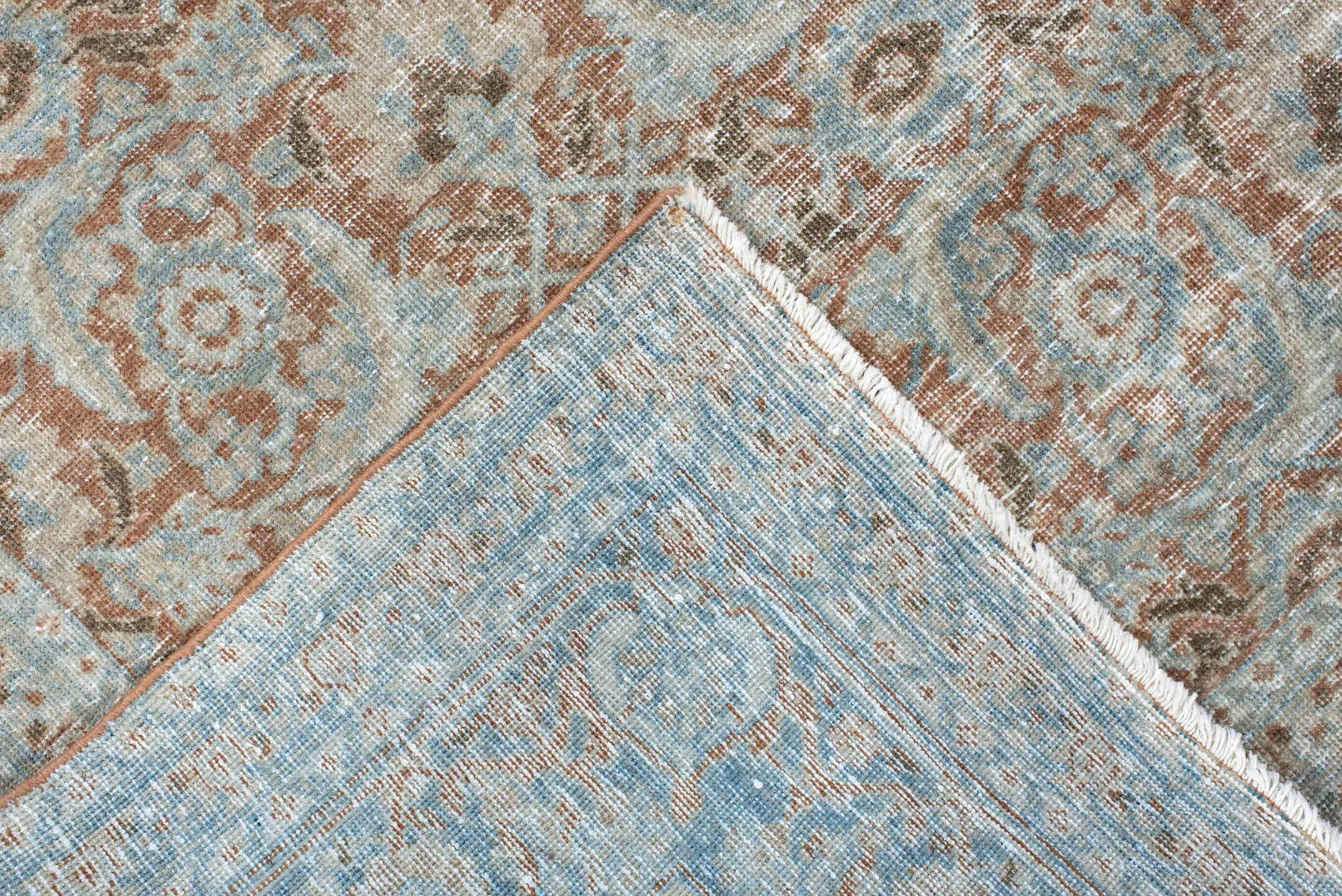Morocco is one of the few rug weaving regions in the world which has fully preserved traditional rug weaving techniques and use of materials without any influence from the outside world.
Unlike other rug-producing areas, all the yarn used is local, obtained from the local sheep, hand-carded, hand-spun, and washed in the rivers flowing through the mountainous villages of mid and high Atlas.
Many of these Moroccan villages still don’t have access to any modern technology, machinery, factory-produced dyes, or even electricity.
All the weaving is done within the home, often inside farms during daylight hours by housewives contributing to household income.
Dyes are produced locally and some even use naturally dyed yarn to save on costs.
Tribal Moroccan rugs are made very thick to serve as bedding mattresses, insulate in the winter, and provide some comfort when sitting on earthen floors. They are rolled out for dining and sleeping or entertaining. Other times they are rolled up and stored as prized possessions.
Girls are taught the art of weaving during their teenage years using motifs that are handed down from one generation to the next and often memorized or created as they are woven. No graphic or visual other than existing rugs in the household are used. The rugs woven by the young women are intended as dowries when they get married and represent the talent and capability of the weaver.
Common types of Moroccan rugs are Beni Ourain, Rag Rug, Kilim, and Tuareg mats.
Vintage Moroccan rugs are 100% green with no waste byproduct (pollution). When the yarn is dyed, the solution bath is heated by burning dried bricks of the cows' dung and when washed, they are only dried in the sun. No fossil fuel is used.
